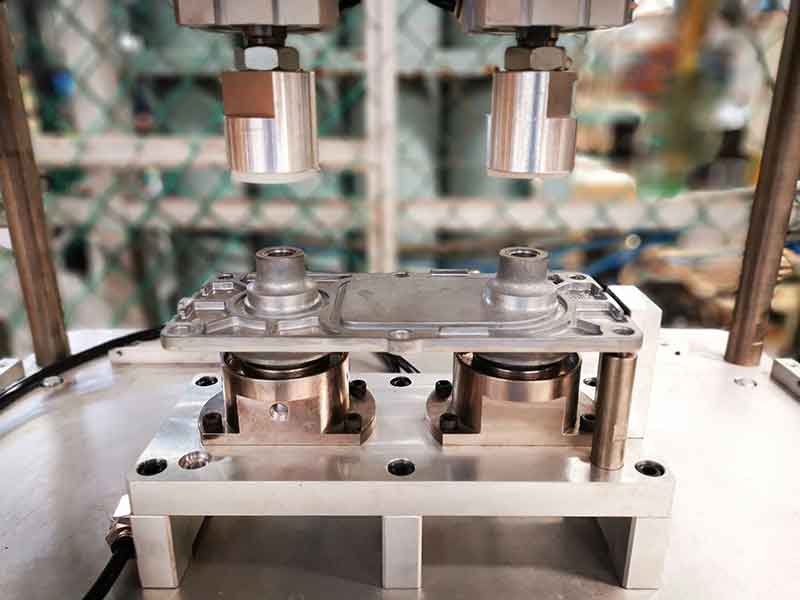Exploring the Craft of Diecasting: Precision in Manufacturing
Exploring the Craft of Diecasting: Precision in Manufacturing
Blog Article
In the realm of manufacturing, precision and efficiency are crucial, and few processes embody these principles as well as diecasting. Diecasting refers to a procedure that involves introducing liquid metal into a mold, often referred to an die, with high stress. This process allows manufacturing intricate and complicated metal parts that have precision tolerances and an excellent smooth surface. From automobile components up to electronics for consumer use, diecasting has a vital role in various sectors, influencing the items everyday.
Diecasting's core is precision engineering. This process requires a meticulous attention to detail, ensuring that the product produced is of precisely defined requirements. Diecasters utilize advanced machinery as well as computer-aided design (CAD) software for the creation of intricate molds with unparalleled accuracy. They are generally made from hardened steel, act as the base of intricate components that have tight tolerances. Whether producing engine parts for cars or consumer electronics, diecasters depend on the precision of engineering to ensure consistently high quality and efficiency.
One of the key advantages of diecasting is its versatility. Diecasters have the ability to employ a broad range of metals like aluminum, zinc, and magnesium. Each of these metals has unique properties and applications. For instance, aluminum is highly regarded for its light but durable properties, which makes it a perfect material for parts that are used in automotive and aerospace sectors. Additionally zinc has excellent quality and resistance to corrosion, as well as excellent the ability to withstand dimensional changes, which makes it a preferred choice for electronic enclosures and decorative hardware. By understanding the characteristics of various metals, diecasters are able to recommend which metal is best suited to the specific needs.
Beyond the limits of precision and creativity The range of applications for diecasting can be seen in the wide range of application. From aerospace components to kitchen appliances, components made of diecast are essential to numerous products that we utilize every day. Automotive industry especially, relies on diecast components in the form of engine blocks, transmission cases, and structural components. Similarly, the electronics industry utilizes diecasting for manufacturing enclosures, heat-sinks and other critical components. Diecasting is able to create intricate designs, and with little post-processing required, diecasting can provide unparalleled ability to meet a wide range of production requirements. To generate more information please visit https://www.senadiecasting.com.my/
Quality control is another important aspect of diecasting. Diecasters take a major role in maintaining stringent standards. By conducting meticulous inspections and test procedures They identify any deviations or anomalies in the cast components, including porosity, surface imperfections or even dimensional errors. The latest techniques, such as Xray imaging and computerized Tomography allow diecasters examine internal structures with incredible detail, while ensuring that every element meets the requirements. With a focus on excellence, diecasters instill trust in their clients and maintain the credibility of the industry.
While it is a great process, diecasting does not come without issues. High temperatures and high pressures associated with the process may create issues, such as shrinkage, porosity and internal imperfections in the final products. Diecasters have to carefully monitor and manage various factors like temperature as well as injection speed and temperature to reduce these issues and ensure the same quality. As industries are requiring ever more complex and lightweight components, diecasters are constantly developing and improving their methods to push the boundaries of what is possible using this multi-faceted manufacturing process.